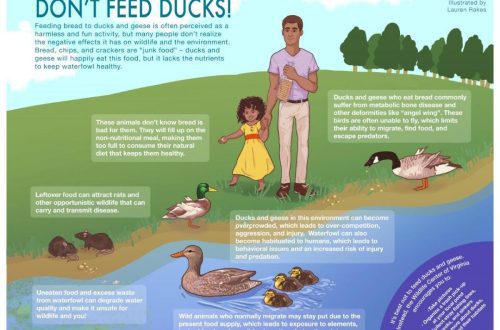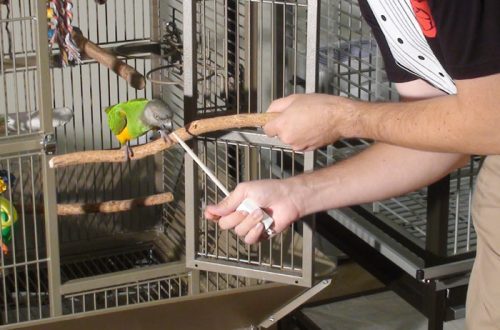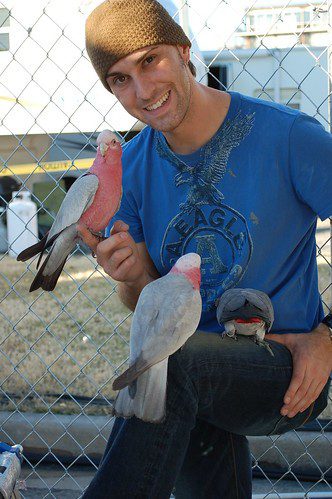
How to observe the psychological boundaries of a parrot?
A parrot is an inquisitive and mischievous creature. He quickly becomes attached to the owner, remembers his nickname and willingly responds to it. True, for this you need to make some efforts and be patient. The psychology of parrots is not an easy thing, as it turns out.
In the article we will tell you how to make the stay of a parrot in your home comfortable and enjoyable. So that the feathered pet does not need anything and feels great.
Parrots are well aware of who treats them how. If a person is affectionate with a bird, feeds it and cleans it in a cage, he has every chance of becoming a favorite owner for a parrot. And if you offend a bird and treat it rudely, it is unlikely that you will ever be able to earn its location.
It also happens like this: they treat the pet well, but do not take into account the special conditions for keeping parrots. Because of this, the feathered comrade feels depressed and disadvantaged.
Here are just a few of the reasons why a parrot might not be comfortable in your home.
- Loneliness and boredom
One of the conditions for the happiness of a parrot is the presence of a partner. These birds are sociable and sociable creatures. In splendid isolation, they will wither or begin to behave aggressively.
It is especially important to have a friend for those parrots who remain alone in the house for a long time, without an owner. A yearning pet, of course, will find something to his liking – for example, he will begin to pluck his feathers. But you probably won’t like it.
Even if you are often at home, you cannot replace a parrot partner. It is useful for any living species to communicate with its relatives, and a person will not help here.
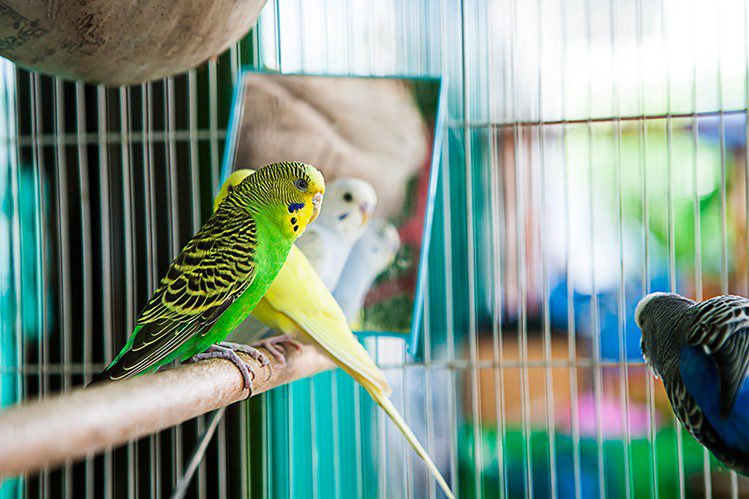
- Violation of sleep and wakefulness
Parrots are tropical birds, and in the tropics it is dark most of the day. Domestic birds are no exception: they need about 10-12 hours to rest, and in a dark and noise-isolated room. When the parrot is asleep, you can bring his cage into the living room, where he can chat with you.
If you deprive the parrot of proper rest, he will become uncontrollable, nervous, sad and not interested in anything, he will not want to play and eat. Have you noticed this behavior in your friend? Take care of the normalization of the parrot’s regime, give him enough time to sleep to get a joyful and playful bird.
- tight cage
Too small a cage has a detrimental effect on both the psyche of the parrot and its physical condition. Parrots are freedom-loving and active birds, they need to fly, jump from perch to perch and play. And in a cramped cage, this is problematic. When moving, the bird will touch the bars with its wings, experiencing anxiety and discomfort from this.
The larger your pet’s cage, the better. But even if the parrot has a large cage, it still needs to be let go for a walk around the apartment from time to time. Of course, after taking care of her safety: close windows and doors, turn off fans, isolate cats. If the bird does not move, this will lead to muscle atrophy and disrupt metabolic processes in the body. This threatens the parrot with weight gain, soreness and nervousness.
- Wrong position of the cell
Where to put the cage is a difficult question. It all depends on the psychological characteristics of a particular parrot. If the bird is often worried and afraid, then the cage should be placed in a quiet place, preferably against the wall. It is necessary to communicate with such a parrot, but carefully and delicately. If a parrot is very attached to a person, ready to chirp happily and enjoy the sun all day long, then the cage can be placed where family members are most often. Usually this is a hall or living room.
Too stuffy, cold places or rooms with a draft are not suitable for a parrot. He will feel bad from overheating, and in a draft he can catch a cold and die.
Parrots are social creatures. In the wild, individuals leading in a flock occupy higher positions: they are located on the tops of trees. The higher the bird sits, the higher its social hierarchy. The lower the bird is, the lower its social status. To install the cage, it is better to choose the “middle level”. If the cage is placed below the waist, the bird may begin to experience stress. And when located high (for example, on a closet), out of sight of the owner, the bird loses contact with others.
- Other pets and children
Parrots can be very friendly with cats, dogs and small children. Such friendship touches, but it should be built on respect for personal boundaries. Not all winged ones like contact with other pets. And even the most friendly, cat-oriented parrot will not like it if a domestic hunter guards his cage 24 hours a day. For a bird, this is a real psychological torture.
Make sure that no one disturbs the bird during the rest in the cage: neither children nor other pets. The cat should not be able to besiege the cage, “hang” over it from above, and even more so to stick its paw between the bars. The dog should also not come close to the cage and bark at the bird. It is important for children to explain that without the permission of their parents, you cannot open the cage, that you cannot put objects between the bars and treat your pet with your favorite sweets, that you must not scare the bird, you must not shout loudly and make noise near the cage.
Your task is to ensure the comfort of your pet, otherwise problems with behavior and health cannot be avoided.
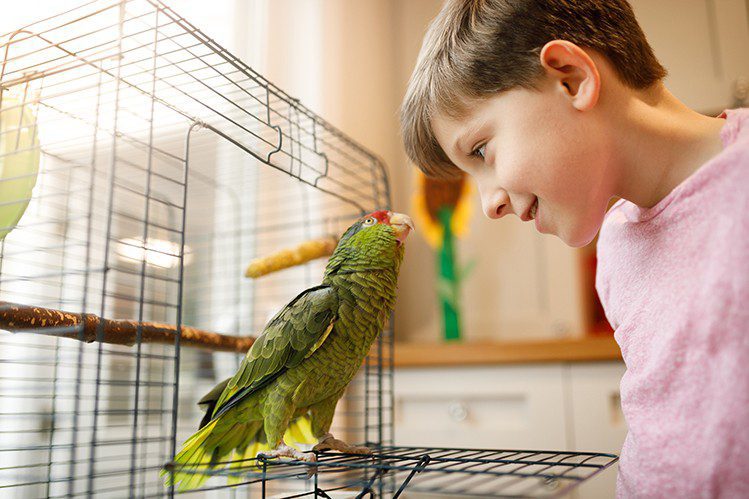
- Lack of toys and accessories
The emptiness in the cage is a great reason to be sad. Be sure to install several perches, ladders, bells, a mirror and other various attributes in the cage so that the feathered one does not get bored. Just do not overdo it with toys, otherwise the cage will turn into a warehouse where there will be no place for the bird.
Buy several toys at once. Hang a few of them in the cage first, and after a couple of weeks, replace them with others, and so on in turn. This is necessary so that the parrot does not get bored with its toys.
- Dirt in a cage
Cleanliness is the key not only to normal well-being, but also to good mood. You need to clean up the parrot’s house as it gets dirty. This is at least once every 2-3 days, and even every day. At the bottom of the cage, put a special filler (peeled sawdust or corn filler), but not newspaper (it contains harmful substances).
Wash the cage and all its contents at least once a week with hot water, then wipe dry with a clean cloth.
So that the parrot is not afraid of your hands, you do not need to grab it and pinch it in your fist: birds do not like this. The most effective method is to lure the feathered one with treats. It is enough to put a treat in your hand and stick it into the cage. Even if the parrot does not immediately sit on the palm, this will definitely happen a little later. The main thing is to be patient.
A spacious cage will not replace freedom for a parrot. The bird should be let out daily to fly around the house for 20-30 minutes. Ideally, if the cage is always open (except at night) and if at the same time all safety conditions are met. Of course, first you need to establish contact between the owner and the bird. First trusting relationships, then free flights.
Before releasing the bird from the cage, you need to remove all potentially dangerous objects (wires, vases, knives). Keep a close eye on him as you walk. An important condition is to close all windows and doors. Due to an oversight of the owners, a huge number of parrots fly out into the street and no longer return home.
To catch a parrot in order to put it back in the cage, you need to carefully and without sudden movements. In no case do not throw a rag over a flying bird and do not throw a net on it. This is not just additional stress for the pet, but also a traumatic undertaking, especially for non-socialized, non-contact birds. It is better to lure the parrot with a treat in your hand or in a bowl that is in the cage.
The parrot must understand that the cage is a home, a safety zone and a source of food.
Talk to your parrot more often. You can even read books to him so he gets used to your voice. It is very important to communicate with the parrot affectionately and calmly. The bird feels how you feel about it, and will definitely reciprocate.
Do not drive away the parrot if, during the promenade through the apartment, he sits on your shoulder or arms. This is a great opportunity to build trust with him.
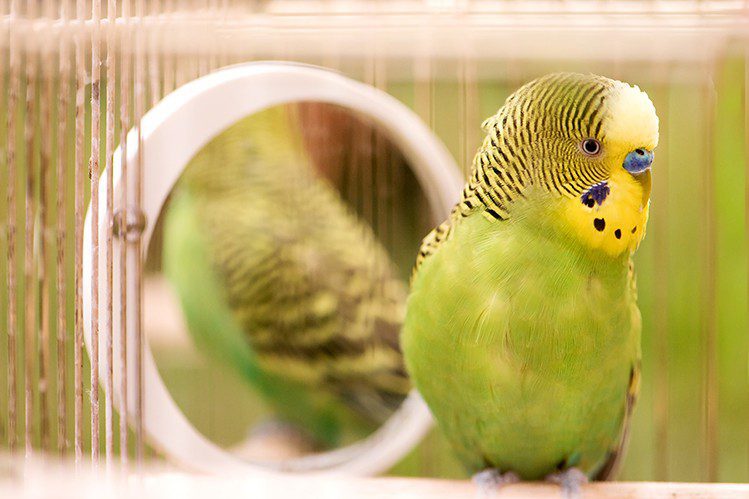
Finding a common language with a pet is not always easy. Sometimes people do everything in their power, but the parrot continues to overturn bowls, make a mess in the cage, attack people and refuse food. In this case, be sure to contact a zoopsychologist or veterinarian. Perhaps the problem lies deeper, and only a specialist will help to deal with it.
And we hope that your parrot will be calm and happy in your joint home!



